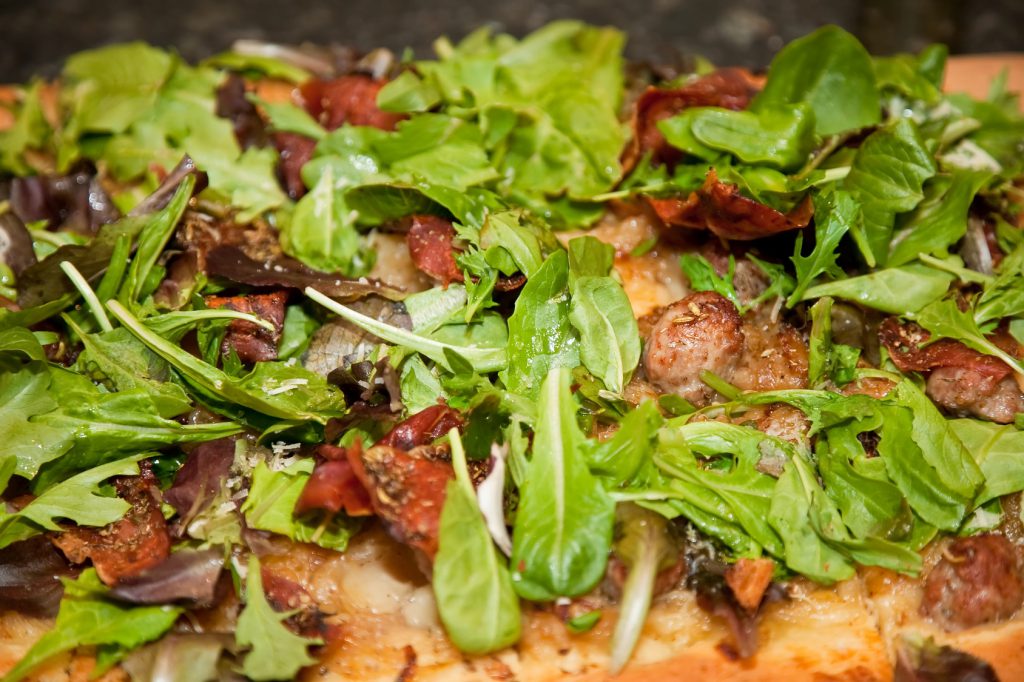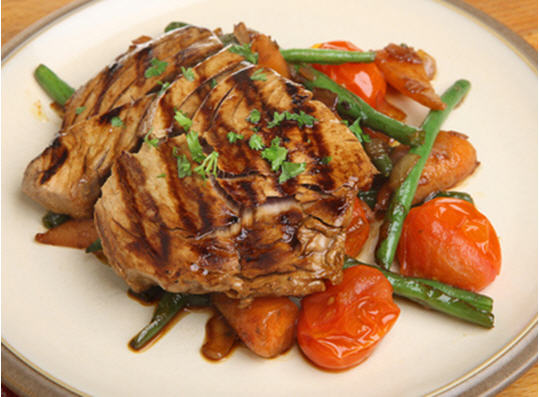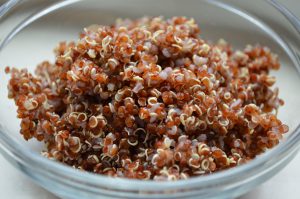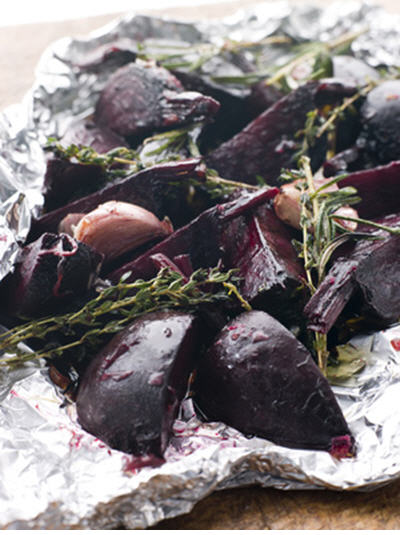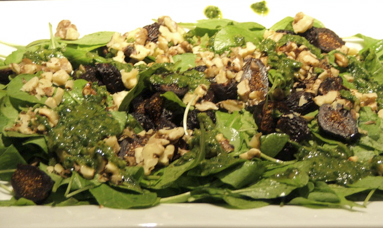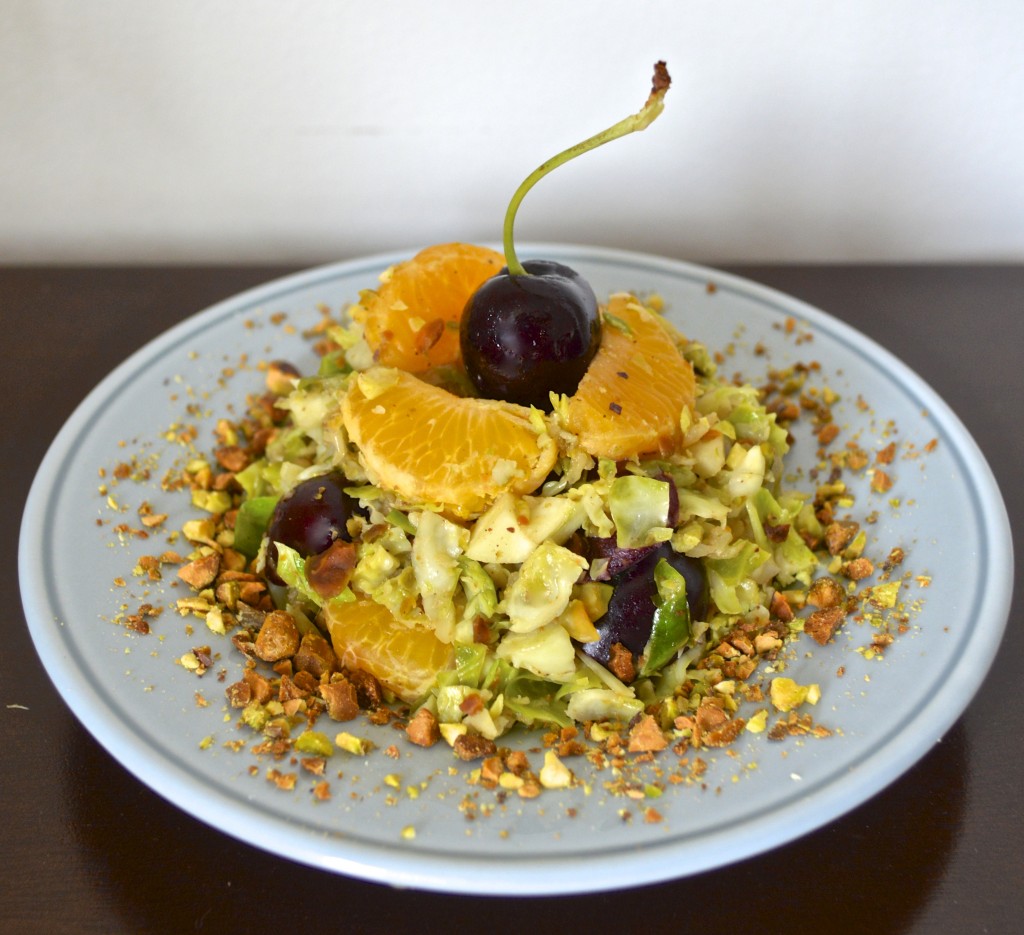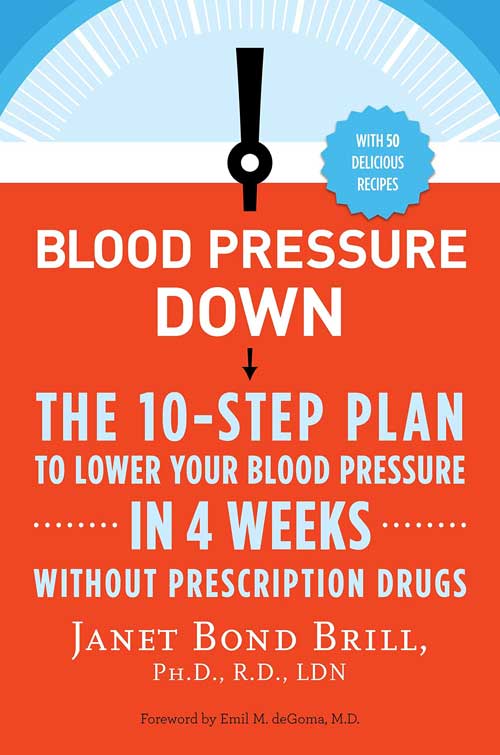By
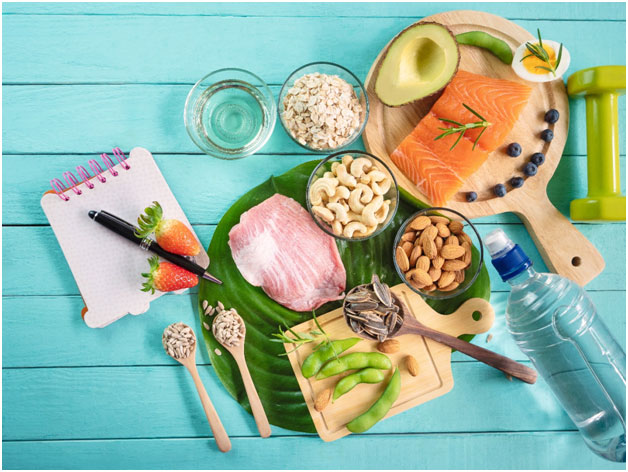

Underweight is an often-unrecognized nutrition problem. If not due to an eating disorder, the best way to remedy the situation is to design a program where the individual eats more calories than they expend. One must also ensure the calories are derived from a nutritious, balanced, variety of foods. Gaining weight healthfully is actually trickier than you might think. The object is to make the weight gain mostly lean body mass (muscle) and not much body fat. You can accomplish this by taking in more calories than you burn, in addition to partaking in at least 60 minutes/day of movement/exercise. A healthy rate of weight gain parallels a healthy weight of weight loss, 1-2 pounds per week can be expected when reasonably increasing energy intake. It takes an excess of about 2,000 to 2,500 calories per week to support the gain of a pound of lean muscle (the goal in weight gain).
Again, the best way to gain weight, healthfully, is to gradually increaseone”‘s consumption of nutritious energy-dense foods. Keep in mind that you can boost caloric intake healthfully without having to purchase expensive supplements-it just takes a little planning. What”‘s more, Americans tend to have a problem getting in enough fiber, calcium/vitamin D, omega-3 fat and vitamins and minerals found in fruits and veggies.Therefore, one should be especially attuned to increasing intake of higher-calorie (but still healthy) food sources of these nutrients. To learn more about which foods are highest in “nutrient density,” you can access the USDA MyPlate.gov site.
Here are some other suggestions for getting in extra calories:
- Choose larger portions of healthy food sources: peanut butter or other types of nut butters (a great higher-calorie source of protein and nutrients), low-fat dairy such as yogurt and cottage cheese, nuts and lean cuts of chicken, turkey and fish, such as salmon and tuna.
- Choose higher-calorie, no sugar added–100% juices more often, such as cranberry and pomegranate juice, as opposed to drinking calorie-free beverages like water or diet soda.
- Choose a higher-calorie whole-grain cereal such as Post Grape-Nuts (208 calories in ½ cup serving) versus a low-calorie refined-grain cereal such as Kellogg’s Special K (only 117 calories in an entire cup).
- Add generous amounts of healthy fats like olive and canola oil into your day
- Add in a few high calorie snacks throughout the day such as a nutritious shakes or smoothies made with real fruit, fat-free milk, and some added non-fat dry milk and even peanut butter and ground flax seeds to boost calories and nutrient density. Commercial shakes are OK in a pinch, but it is always better to make your own, so you control the ingredients and additives.
- Make sure to eat three meals a day, plus get in those higher-calorie snacks.
Athletes seeking to gain muscle mass often want to know how much muscle they can gain and over what time period. The answer depends on many factors: the resistance training program they participate in, prior weight training experience, genetics, gender, motivation, diet and finally use of anabolic agents (obviously not recommended).There are 2 KEY factors in a successful resistance training program designed to maximize muscle mass (promote muscle hypertrophy):
- Follow an intensive weight training program designed specifically (sets, reps and rest periods) to induce muscle hypertrophy (70-85% 1RM, 6-12 reps, 3-6 sets, 30-90 sec rest): Overload the muscles with hard work.Practice Progression in the gym. Include Recovery time.
- Get Enough Calories, carbohydrate and protein, packaged in a healthy, nutritionally balanced diet.
Try this delicious and nutritious higher calorie smoothie recipe:
Dr. Janet”‘s Blueberry Smoothie
Yield: 2 servings (serving size: approximately 2 cups)
- 1 cup fat-free milk
- 1 packet chocolate-flavored instant breakfast
- 1 cup frozen blueberries (unsweetened)
- 1 cup frozen sliced peaches (unsweetened)
- 1 tablespoon peanut butter
- ½ ripe banana
- 1 tablespoon ground flax seeds
In a blender combine all ingredients to desired consistency. Pour into glasses and serve.
Nutritional Information Per Serving (approximately 14 fluid ounces): Calories: 300, Fat: 8 g, Cholesterol: 0 mg, Sodium: 170 mg, Carbohydrate: 48 g, Dietary Fiber: 6 g, Sugars: 36 g, Protein: 12 g

